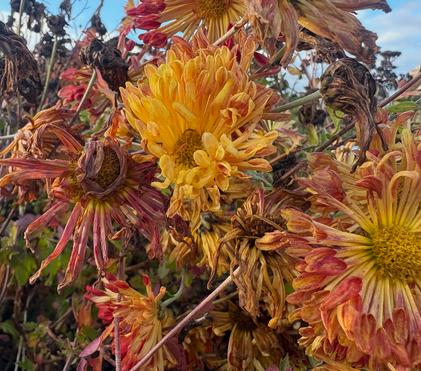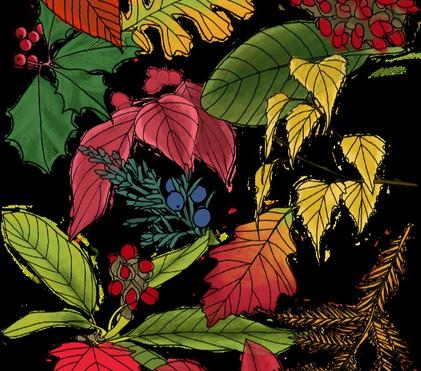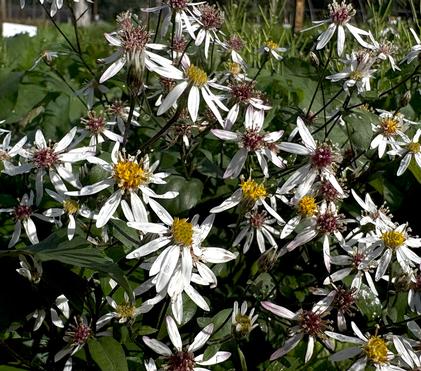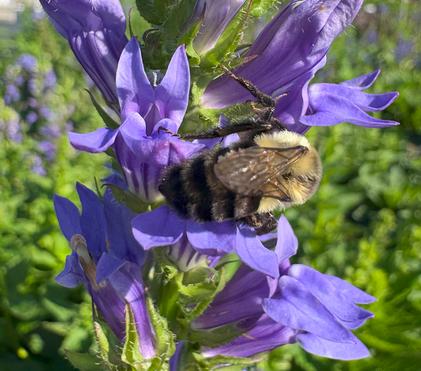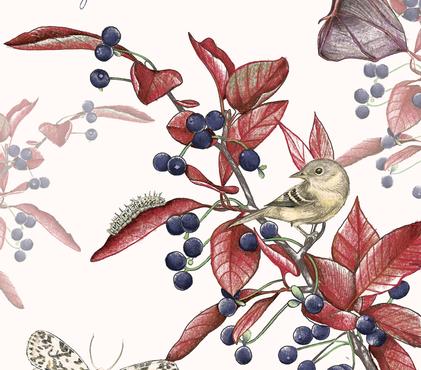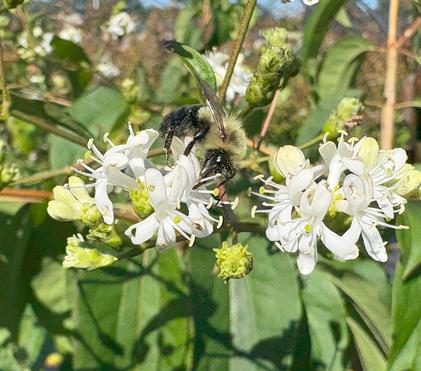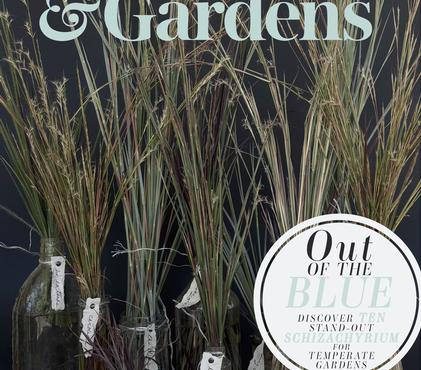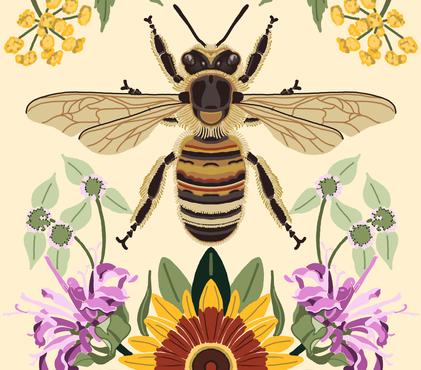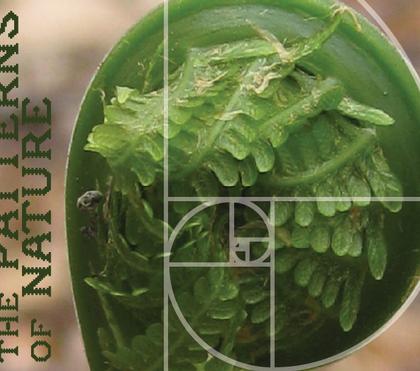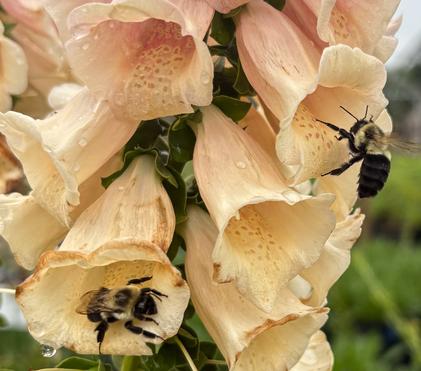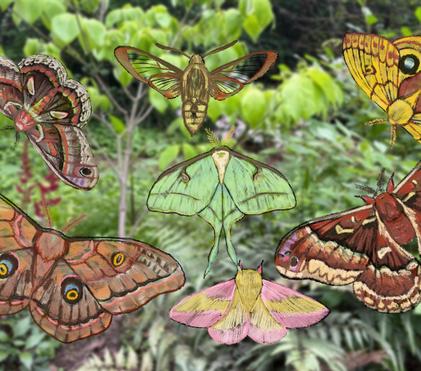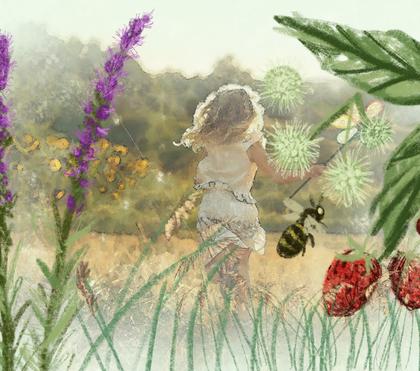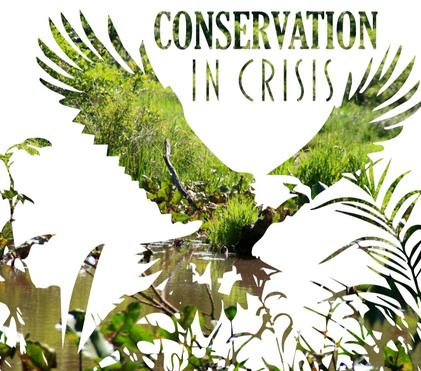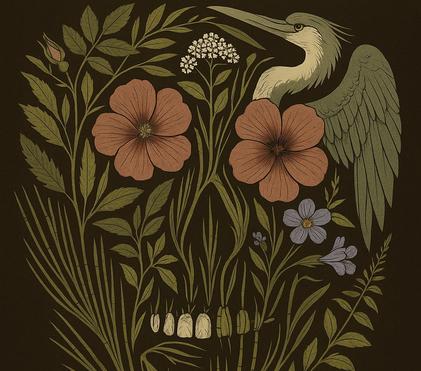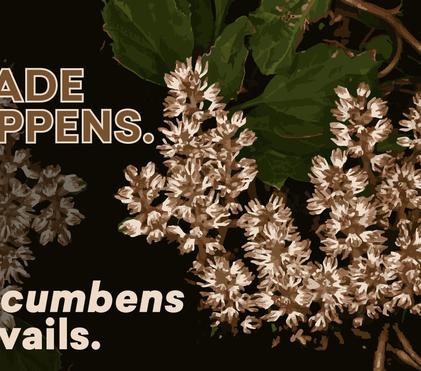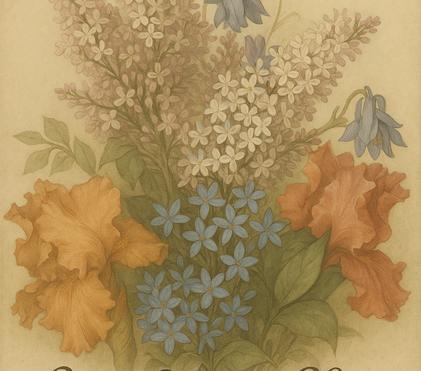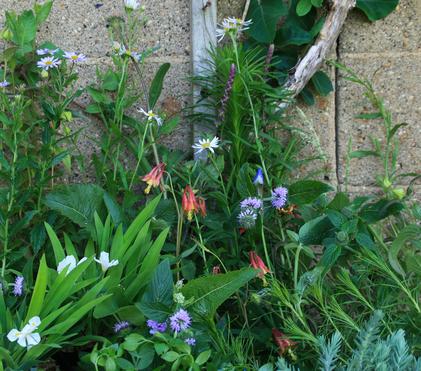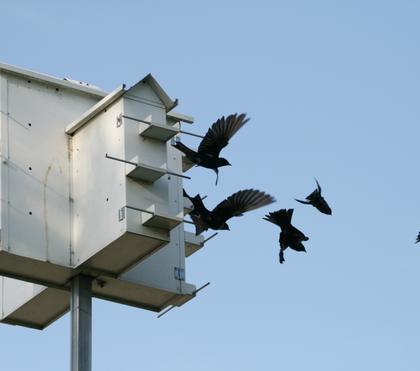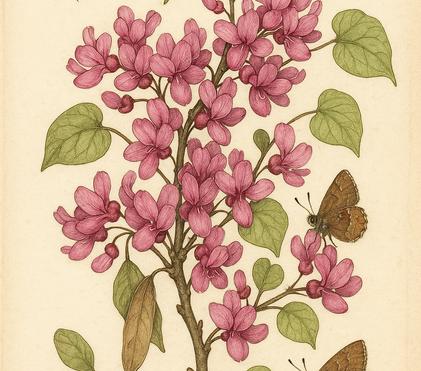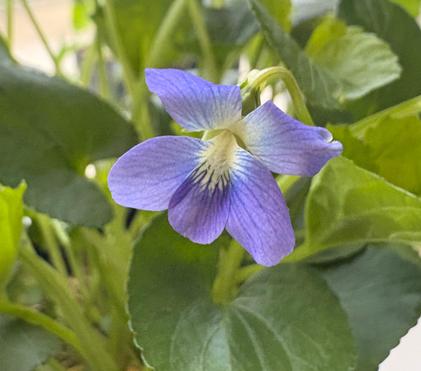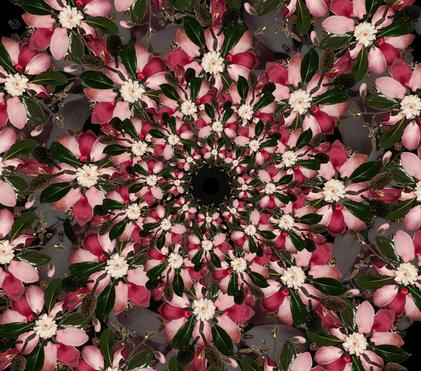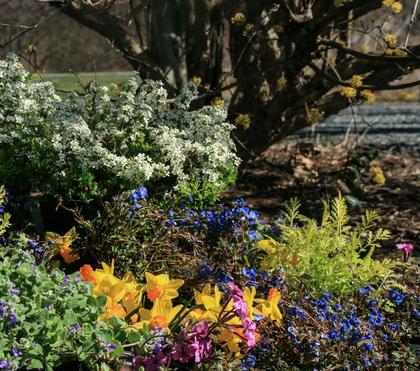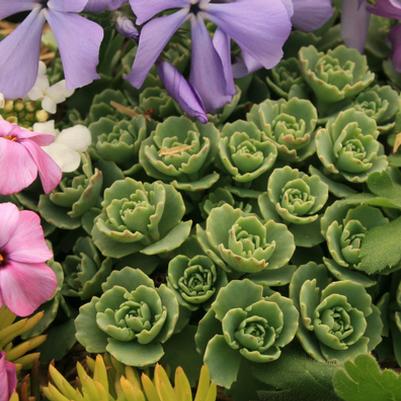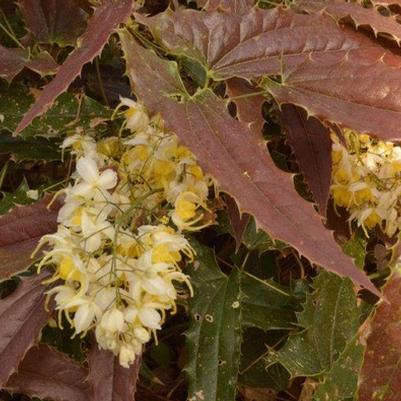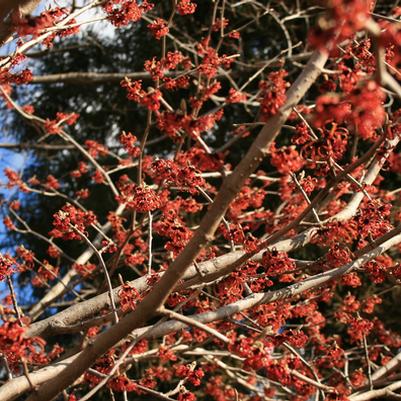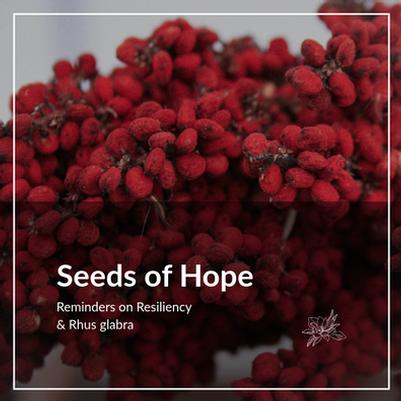With native pollinator plants claiming their throne as the kings and queens of ecologically-minded gardening and landscaping, some of the classic landscape selections that have held steadfast for centuries have started to wane in popularity, being outclassed by straight species endemic to their geographical zones and ignored for their “lack” of pollinator resources. Many non-native, non-problematic perennials and ornamental shrubs do, in fact, offer critical nectar resources for roving insects, especially in nutrient-poor ecosystems lacking in green infrastructure and design.
Some of these selections, such as compact and low-growing Nepeta ‘Cat’s Pajamas’ (PP31127) and fragrant, easy-growing Rosa rugosa are so heavily populated by buzzing bees that they could easily fool an unsuspecting plant novice into believing they’re beneficial natives.
Belonging to this eclectic group of non-native pollinator plants exists a genus of flowering perennials that have been utilized in medicinal, formal, cottage, pollinator gardens, and everything in between, starting in at least the mid-1500s and persisting into modern landscaping: the foxgloves, Digitalis.
Although Digitalis purpurea is typically the species that comes to mind when one thinks of foxgloves, there are actually over 20 species within the genus, each endemic to regions of Europe, Africa, and Asia. Considered biennials or short-lived perennials that are capable of seeding themselves into their landscapes, foxglove species most always produce towering, upright rosettes of bell-shaped flowers ranging from white to ivory, pink to purple and magenta, yellow to peach – there’s a foxglove color for nearly every palette imaginable.
The individual flowers are responsible for this plant’s namesakes, both common and scientific, referring to the bell-shape of the blooms as perfectly tailored mittens for sneaky foxes to tromp through henhouses without being detected by leery chickens. Digitalis, from the Latin digitale, meaning “finger-like” or “finger stall”, also refers to the shape of the flowers, which somewhat resemble thimbles, and are even called Finger-hut flowers in Germany for this reason. The Irish moniker for this plant is lus mór, pronounced lus-more, meaning “big flower”, although it is more commonly called Great Herb throughout Celtic botanical history.
Despite their known toxicity that makes foxgloves undesirable to rabbits and deer, Digitalis was historically used for treating heart failure due to the presence of a compound known as digoxin, which is still used today in small amounts for cardiac support. Be wary, though - ingesting even small amounts of foxglove leaves or flowers can result in hallucinations (not the fun kind), vomiting, cardiac arrhythmia, and death. Interestingly and somewhat conspicuously, the medicinal dosage versus the toxic dosage of Digitalis is eerily similar, making it all the more curious as a plant capable of reaching into both the physical and astral realms of human existence. It is perhaps this dance with death that has cemented Digitalis’ role as a magical plant, its folkloric history steeped with tales of the otherworld, of fairies and witches and unseen creatures. The bell-shaped flowers are said to be hiding spots for fairies, encouraging some esoteric gardeners to leave small amounts of honey and milk within the tiny vessels as gifts for the faefolk who watch over their gardens. It’s believed that a bent foxglove stalk indicates the presence of otherworldly beings who are sheltered within the blooms.
Fairies aren’t the only beings you may find visiting your foxglove flowers, however, as they are prime pickin’s for hungry bumblebees that can fit their entire hairy bodies into the flower cups. The lower lip of each individual bloom is appliqued with a landing strip designed to attract various bee species, specifically long-tongued bees, who begin their harvest by visiting the lowest and most open flowers first, making their way up the stalk to the closed upper blooms before starting the process over again on the next nearby foxglove. Digitalis flowers are rich in nectar, and despite not being native to North America, are still a favorite of our native bees who can be seen eagerly diving in and out of each bell-shaped bloom. As one watches a patch of Digitalis in bloom, they are greeted not only by African honeybees, but scruffy Bombus species of all types, hover flies, and even the rogue hummingbird delighting in the large trumpet-shaped blossoms.
The vertical stature and pronounced floral structure of Digitalis make it the perfect punctuating companion to the back of the perennial border or cottage garden, while its long-lasting bloomtime makes it suitable for fresh cut flower arrangements despite the Irish belief of never bringing foxgloves inside, as it was thought to bring misfortune to the household. Irish superstition aside, according to the Victorian Language of Flowers, gifting foxglove flowers symbolizes the notion of “insincerity”, although it may also signify one’s motivation: “I am ambitious for you, rather than for myself”, making a bouquet of the ostentatious blossoms either a thoughtful gift for cherished loved ones or a warning of deceitfulness. Regardless of their ultimate fate, whether it be for the cut flower garden, the pollinator garden, the witch’s garden, or as a protective bane planted outside a doorway or threshold, Digitalis is more than deserving of a revival in our North American landscapes.
Our foxgloves are in full bloom late in the season!
Add them to your next order, and the bees and fairies will thank you!
Digitalis purpurea ‘Dalmatian Peach’ #1 | (133)
Digitalis purpurea ‘Dalmatian Purple Improved’ #1 | (167)
Digitalis purpurea ‘Dalmatian Rose’ #1 | (206)
Digitalis purpurea ‘Dalmatian White Improved’' #1 | (137)
Digitalis purpurea ‘Foxy’' #1 | (179)

